Aryan Invasion & Migration : Myth or Reality
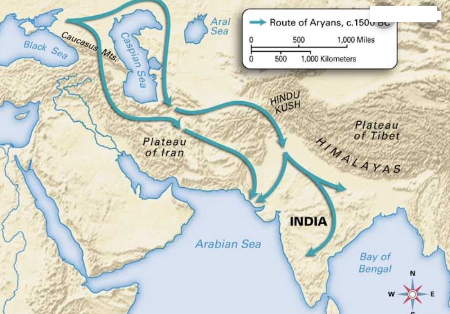
There has been an air of confusion regarding the credibility of the Aryan invasion and migration theory. In 1850s the migration theory was first proposed by Max Müller, a German philologist. He introduced the notion of two Aryan races, a western and an eastern one, who migrated from the Caucasus into Europe and India respectively.
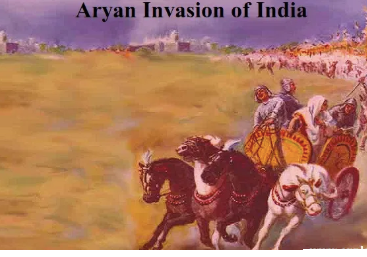
In the mid 20th century Mortimer Wheel proposed an argument that the Indus Valley civilization could have been invaded by the Aryans.This position was soon left by the scholarly community, noticing that no evidence was found. The Indus Valley civilization is said to have lasted to about 1700 BC , while the Early Vedic period began from 1500 BC. Such a gap of 200 years between the two adds to disproving the aryan invasion. Moreover, the Indus Valley civilization is believed to have declined by earthquakes and floods.
Linguistics: relationships between languages
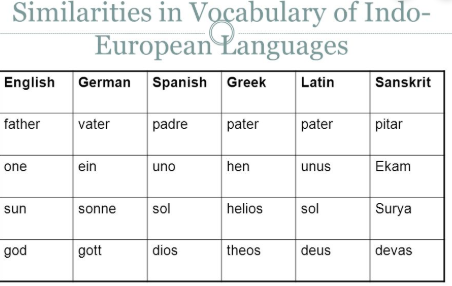
The linguistic part traces the connections between the various Indo-European languages(includes Hindi, Bengali, Gujarati etc.) and the Proto-Indo-European language from central Asia. This is possible because the processes that change languages are not random, but follow strict patterns. Sound shifts, the changing of vowels and consonants, are especially important, although grammar and the vocabulary may also be significant. Various characteristics of the Indo-European languages argue against an Indian origin of these languages, and point to a steppe origin of these languages.Historical-comparative linguistics thus makes it possible to see great similarities between languages which at first sight might seem very different.
There was also a drastic change in the language used during the Indus Valley era and the Early Vedic period.Such a change from a pictographic script to advanced sanskrit suggests the influence of foreign languages.
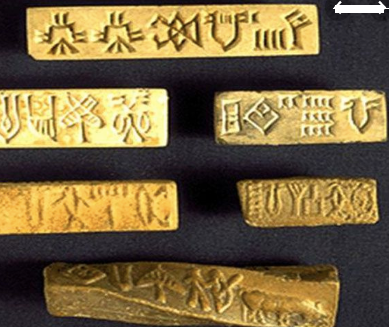
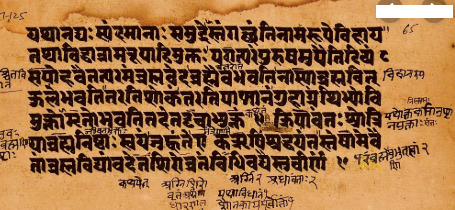
Archeological connection :
Relics of horse drawn chariots were found in and around the Indus Valley which dated back to the 1500 BC. This doesn’t seem to have any archeological basis yet to the Indus valley or Saraswati Civilizations. These are believed to introduced by foreign migrants or invaders. The breed of horses found are also similar to those that belong to central Asia. Contemporary parallels can be found with the Hittites from Anatolia , the Mittani Empire and the Hyksos invasion of Egypt where horse drawn chariots were introduced by foreigners.
DNA analysis:
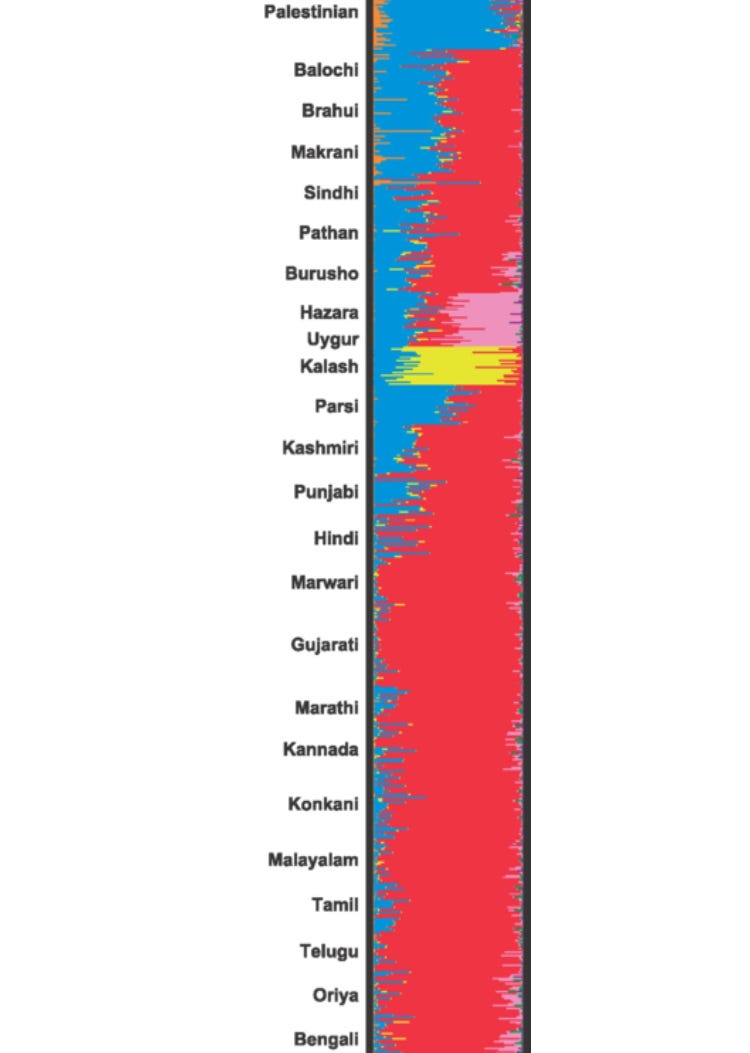
In the above picture blue represents European blood, red for dravidian and pink for Mongoloid.
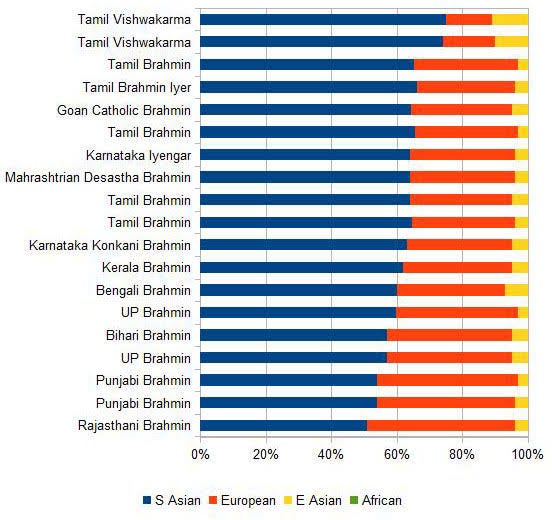
From the above pictures it is clear that Indians do have some European blood, but it comprises only a little of their genetic composition due to mixing. In the case of certain Brahmins there is a higher percentage as a result of lesser mixing.
All this points out that some migration did take place. It could be that only few migrating tribes came to India in different groups over a period of time but impacted linguistics and culture largely.
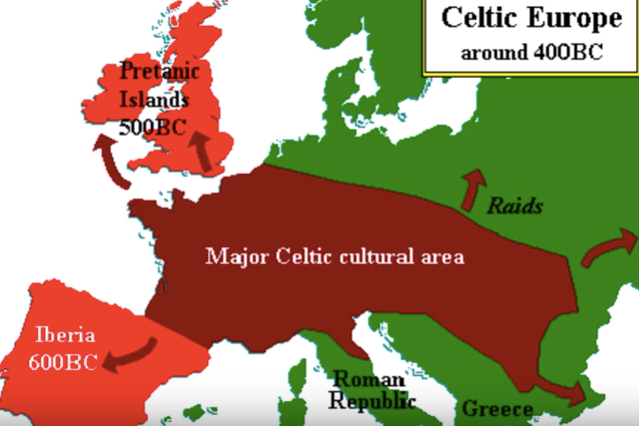
Such a similarity can be seen in the Celtic invasion of Ireland, which was once believed to have taken place. Now it seems that there is a consensus that the progenitor Celts never actually went and spread to Ireland. It is believed to be merely a cultural transference and that only a few went to Ireland and did not affect genetics but impacted their culture and language greatly.
